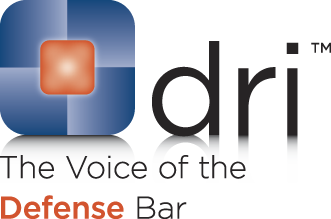Prior to the recent opinion of Delgado v. American Family Ins. Group, 125 Nev. 564, 217 P.3d 563 (2009), the law seemed clear on the issue of whether a passenger could recover liability benefits and underinsured motorist (UIM) benefits from the same policy. In the prior Nevada Supreme Court opinions of Peterson v. Colonial Insurance Co., 100 Nev. 474, 686 P.2d 239 (1984), and Baker v. Criterion Insurance, 107 Nev. 25, 805 P.2d 599 (1991) the Court had said that it would not allow a recovery on both the liability and the UIM sides of the same policy. However, the Delgado case raised that perfect set of facts that called into question what seemed to be an immutable rule of law.
In the prior Peterson opinion, a seriously injured motorcycle passenger wanted to collect liability coverage and UIM coverage from the negligent motorcycle driver’s policy. The Court said no. In Baker, the passenger was the owner of the vehicle. Her permissive driver caused the accident. Even the policy holder could not simultaneously recover from her own liability and UIM coverages. The distinction between these prior cases and the Delgado case is that the Delgado accident involved two negligent drivers each with their own separate policies.
In Delgado the court stated the obvious; that that the seriously injured passenger could recover liability benefits from each of the negligent drivers. However, according to the Plaintiff, the proceeds of the two liability policies added together were insufficient to fully compensation her for her total damages.
Not surprising, the Court reaffirm its decisions in Peterson and Baker stating that where there was no concurrent negligence of two or more drivers (such as a single accident roll-over) a passenger would be limited to a single liability recovery, no UIM. However, in this case, there were two negligent drivers each with a separate policy and the passenger met the policy’s definition of an “insured” for purposes of UIM.
Ultimately, the Court concluded that passenger would qualify for UIM benefits if she were to exhaust whatever funds were available from all of the liability policies. Only if those liability funds were insufficient to compensate the injured passenger was the passenger to be allowed to recover under the UIM policy of her driver’s policy. The Court explained why the facts in this case caused it to reach a decision that appeared contrary to the earlier decisions in Peterson and Baker. The Court based its decision to allow UIM benefits on the concurrent negligence of the other driver, as well as the other driver’s status as an underinsured driver and not on the underinsured status of the driver of the vehicle in which the injured passenger was riding.
If you have questions about whether UIM coverage is available under a particular set of facts, don’t hesitate to call Mills & Associates for an evaluation of the claim.
 Follow
Follow Email
Email


